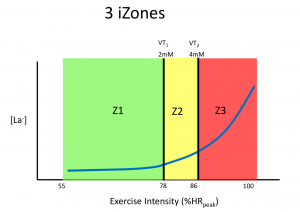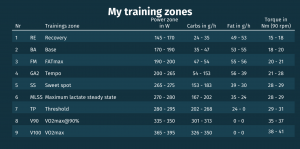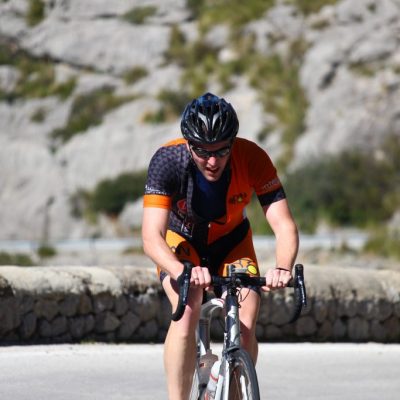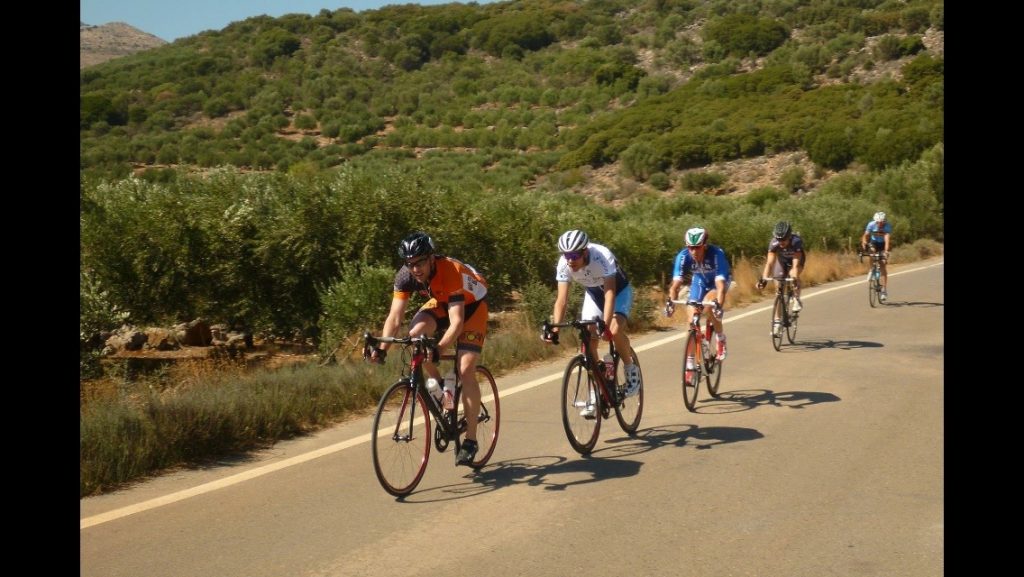12-Weeks to Your Event?
How to Maximise Your Training Gains
RECAP:
So, you’ve entered an event, training has been a bit hit and miss, but you’ve been doing some on and off, but…
now you are 12-weeks out from the event…what to do?
…this is a story I hear fairly often. The question I am always asked is ‘how do I get the biggest gains from the time I have left?’
The key is not to panic train and end up ill, mainly because you will probably be able to manage some panic training long enough to get really close to your event before the illness kicks in and ruins everything!
To Read Part 1, Click Here:
So What Are Your Options?
In the first part we covered how getting the fundamentals in place would maximise your gains. We looked at:
- Patience
- Structure and Periodisation
- Frequency, Volume and Intensity
In Part-2 we will cover:
- Good Intensity Control
- Recovery and Adaptation
If you get these fundamentals in place you can gain a huge amount of fitness in 12-weeks. We will also cover a couple of mistakes that are traps you DO NOT want to fall in to!!
Good Intensity Control
This is one that is easily messed up!! Making all the rides kind of hard will massively limit your progression and could lead to illness or non-functional over-reaching.
The simplest way to control this is by using a training zone model. For me, by far the best to get started with is a 3-zone model (see below) I first saw on a course with Stephen Seiler. The zones are based on physiological turn points, so it’s a great way to base your training.

The time you spend in each zone will depend on the type of event and time to your event. As a general rule you want to spend at least 80-90% of your time in zone 1. This sounds like a lot, but it is essential for building fitness as quickly and as sustainably as possible.
How much you spend in the other zones and exactly how you get there will depend on 2 things:
- Your current Fitness and Physiology
- The Demands of Your Event
I think if you are really limited for training time your training has to be very precise. This is where good testing can be your best friend. I used Metabolic Profile Testing with all my riders and it really helps dial the training in, so you get the most out of the time you invest.
It’s particularly useful as the top of Z1 is very often linked to your FatMax, which you can find out through metabolic testing. Also, with modern testing being possible at home with just a power meter on your bike/trainer, there’s much less of a barrier to this information now. Knowing your zones more precisely means you know you are training correctly. In this case, you know you need to be spending a lot of time in Z1, which for most starting out will be much lower than you think. So training above it will cause you excessive stress and will slow down your progress.
You also get to find out all your other zones:

This is why the 3 zone model is simple and brilliant!! Recovery, endurance and FatMax are in Z1, Sweetspot and Threshold are in Z2. Any VO2max work or sprint work is in Z3.
Recovery and Adaptation
We talked about it briefly above. It is easy to underestimate the importance of rest when it is a short term training plan. This is a huge error!! You get fitter when you recover and adapt from training…not from the training alone. So, you have to build in the time.
It can be hard to back off when the event you are training towards is getting so close. But you have to be disciplined with it and allow your body to absorb the training you’ve done and prepare it for the bigger days to come.
Sticking with a 3-week build-up of effort followed by a week with lower volume will keep you on track. It. can sometimes be harder to hold yourself back…so many make the mistake of pushing on in the week when they should be recovering. This has a double negative effect:
- You don’t absorb the training from the block you’ve just done
- You will struggle to get the quality in the next block, due to excessive fatigue
It’s a shortcut that is a giant trap…it’s particularly tricky because you won’t feel the consequences straight away. You will be able to carry on for quite a while. Unfortunately, this will leave you starting to struggle late on in the plan when you should be pushing to bring on your form…you just won’t be able to 🙁
All the recovery products, supplements, gadgets and gizmos won’t make up for a poor plan that overemphasises too much training, not enough quality rest/sleep or too much high-intensity training. With busy lives outside of training, amateur athletes need to really make sure it’s built-in and you stick to it. Quality food, quality sleep and a well-periodised plan with good intensity discipline are the foundations of your health and fitness.
Mistakes to Be Avoided
Thinking That Training Harder Gets Bigger Gains
Smashing yourself in every session thinking that’s where the gains are is the biggest mistake you can make.
Just because you only train 3-4 times a week doesn’t mean they should all be hard sessions. You need a mix of intensities and manage the autonomic stress you are creating.
Hard training causes autonomic stress, which takes longer to recover from and if you keep stressing the system too much, you will get ill or burn out.
Over Training OR Under Recovering
These are two sides of the same coin. Thinking because you have limited time, every session has to be hard and taking breaks from training will lose you time and gains is a massive mistake!
Under-recovering is when you keep pushing on the training in spite of a very busy life. Sometimes the training load may not be too hard (in theory), but you aren’t leaving time for recovery and adaptation, therefore over-reaching/overtraining will be the result.
You get fitter when you rest and adapt to the training you have done. If you don’t allow time for adaptation you won’t get any fitter! You can only get gains in fitness from the training you can absorb, so training and recovery have to be balanced.

Summary
In short, there is plenty to be gained from a well thought out 12-week plan leading into your event. Again, do not panic, do not ignore rest and make sure you get the fundamentals of training in place…you’ll smash it and enjoy it 🙂
Download Your Free Example Plan
I’ve prepared an example plan outline to help visualise what we’ve talked about in this post.

